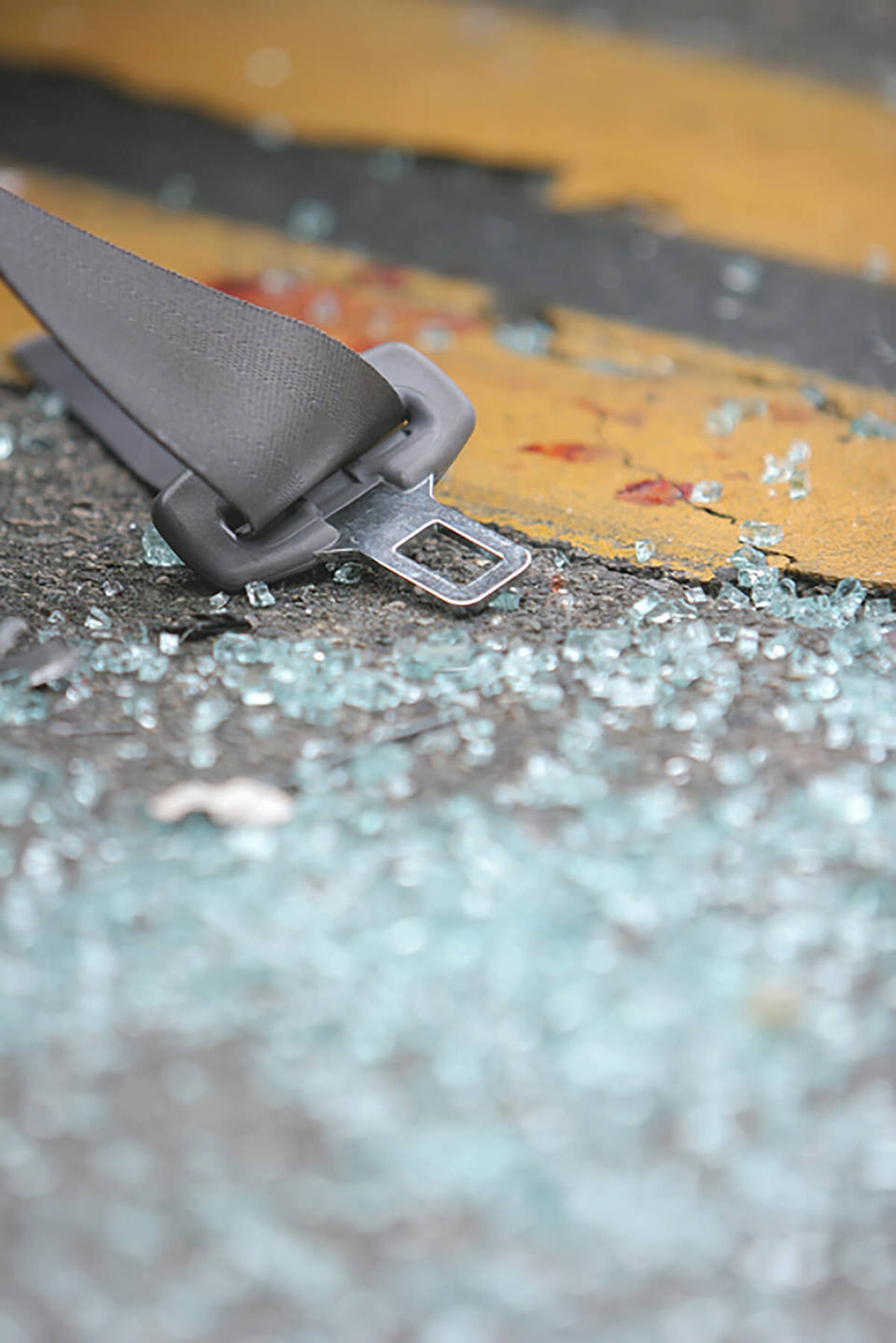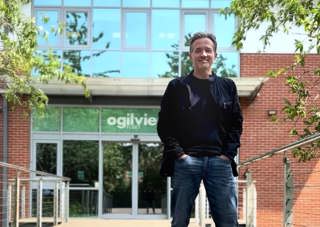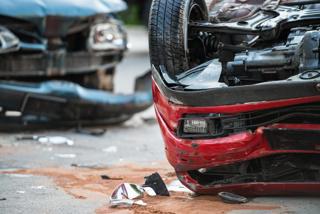The spectacular reductions in deaths on Britain’s roads in recent years, and the cost-benefit of this reduction, is the centrepiece of the IAM’s (Institute of Advanced Motorists) new report 'Deaths and Injuries on Britain’s roads'.
Success driving down casualties has moved the UK to number one in the world road-safety league table of safest roads in 2009, from 6th in 2007 and 4th in 2008. Within the European Union, the UK has half the road death rates of Austria, Belgium, Portugal and Luxembourg.
With each fatal accident on our roads costing the UK economy £1.79 million in lost output, health care, pain and suffering, every life saved is a direct benefit to society and reduces the number of families who will suffer personal grief from the loss of a loved one for years after the event.
“Meeting our casualty reduction targets has meant that deaths on Britain’s roads have halved over the past 20 years with 31,000 deaths avoided and savings to the economy of around £50 billion,” said Neil Greig, IAM director of policy and research. “The IAM calculates that achieving similar targets for road deaths by 2020 would save society 2,500 lives and the economy over £4 billion.”
“These staggering figures prove conclusively that investing in saving lives on the roads saves the country money, so funding being taken away from this area is a false economy. The important task now is to compensate for these cuts. Public bodies have more freedom than ever on where to spend their resources and we urge them to focus on the benefits to all road users and to the economy of investing in road safety education and awareness, training for younger drivers and riders, and targeted safety improvements to roads.”
In 2008 and 2009, deaths fell by 724, down to 2,222, and Britain’s roads have never been safer, particularly compared with the bad years in the ‘60s and ‘70s when the death toll was between 6,000 and 8,000 annually. Since 1970, road traffic has increased by a factor of two and a half, but road deaths have fallen by more than two-thirds.
Car occupant and motorcyclist deaths each fell by 16 per cent in 2009, 13 per cent fewer pedestrians of all ages were killed, and best of all there was a massive one-third reduction in deaths of children and young people under 16.
Rural roads are still the most dangerous, accounting for two-thirds of fatal and serious casualties. Despite this, they have also shown the biggest decrease in deaths over the last ten years, with a 40 per cent reduction. Changes to the driving test to include rural roads as a mandatory part of the training, would do much to help this trend continue. Motorways are actually the safest roads, being accountable for only 132 deaths in 2009, even though they have the highest speed limits and large traffic flows.
Despite falling casualty rates, young drivers are still the most at-risk category. Mr Greig continued: “With changes to the theory and practical parts of the driving test underway, and an ever-increasing focus on the risks faced by younger drivers, we hope that this number will continue to fall.”
Spending cuts a false economy, says IAM report
- By Fleet News
- |
- 15 November 2010
- News



















Login to comment
Comments
No comments have been made yet.